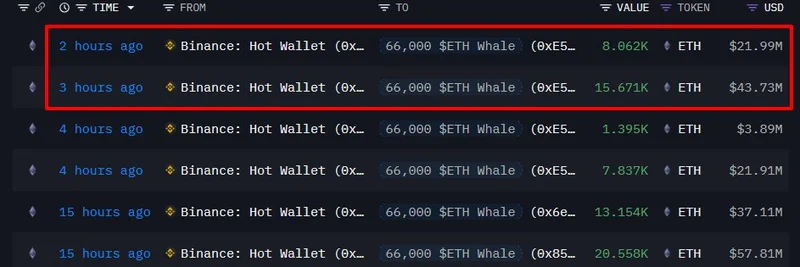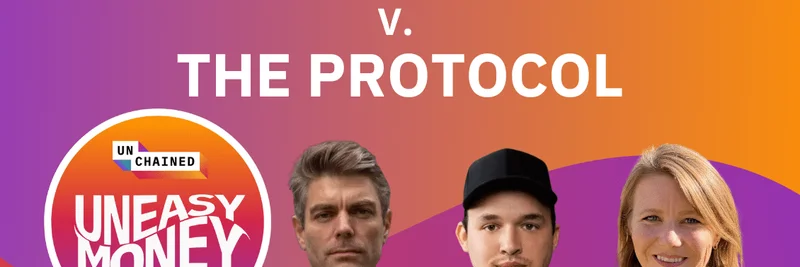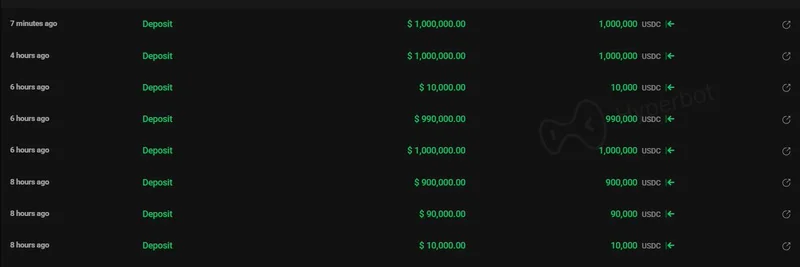In the fast-paced world of blockchain, Ethereum is making waves with its latest developments. A recent tweet from Ethereum educator Anthony Sassano (@sassal0x) highlights that 38.1% of the network is now signaling for a gas limit increase to 60 million. This comes just ahead of the Fusaka upgrade scheduled for December 3rd, and it could have big implications for meme token enthusiasts.
For those new to the term, the gas limit on Ethereum refers to the maximum amount of computational work (measured in gas units) that can be included in each block. It's like the capacity of a highway – a higher limit means more transactions can fit into each block, potentially leading to lower fees during peak times. Ethereum started 2025 with a 30 million gas limit, and now client defaults are set at 60 million as node operators prepare for Fusaka.
The chart shared in the tweet shows a clear trend: green for nodes signaling 45 million or higher, orange for exactly 45 million, and blue for below. As of November 20, 2025, the push toward higher limits is gaining momentum. Sassano notes that at this rate, it could reach 50% before the upgrade goes live – a key threshold that might encourage miners and validators to adjust accordingly.
Why does this matter for meme tokens? Meme coins like DOGE-inspired variants or viral projects often thrive on hype-driven trading frenzies. High gas fees during these surges can deter retail traders, making it expensive to buy, sell, or even create new tokens. A doubled gas limit could effectively increase Ethereum's throughput, easing congestion and making it cheaper to participate in meme token ecosystems. This aligns with broader scaling efforts, including layer-2 solutions, to keep Ethereum competitive against faster chains like Solana, where many meme tokens have migrated.
Looking ahead, Sassano's quoted earlier post calls for even bolder moves: tripling the limit to 180 million in the coming year. If achieved, this could supercharge DeFi and NFT activities, including meme-related ones, by providing more block space without compromising decentralization too much. However, it's worth noting potential trade-offs, like increased hardware demands on node operators, which could affect network health.
For blockchain practitioners diving into meme tokens, keeping an eye on these upgrades is crucial. Lower fees mean more accessible entry points for experimenting with new projects or farming viral trends. As Ethereum evolves, it continues to solidify its role as a hub for innovative, community-driven assets.
Stay tuned to Meme Insider for more updates on how tech advancements like Fusaka are shaping the meme token landscape. If you're running a node, consider updating your client to join the signaling – every bit helps in pushing Ethereum forward.




